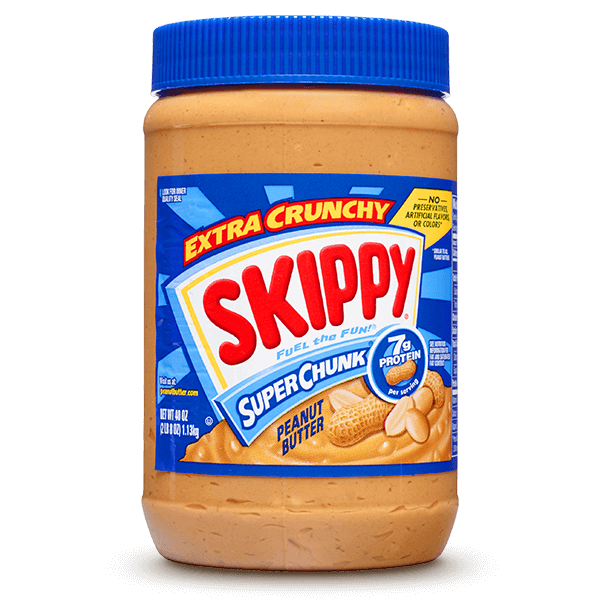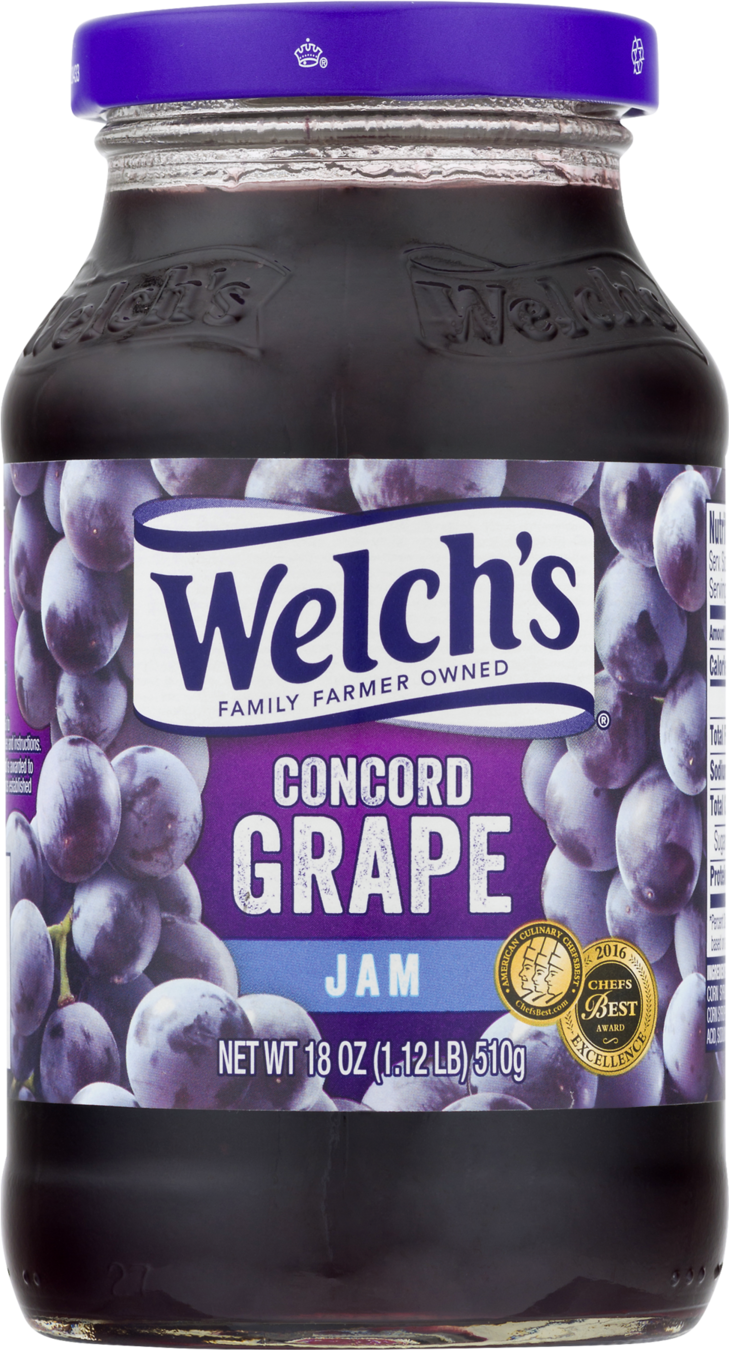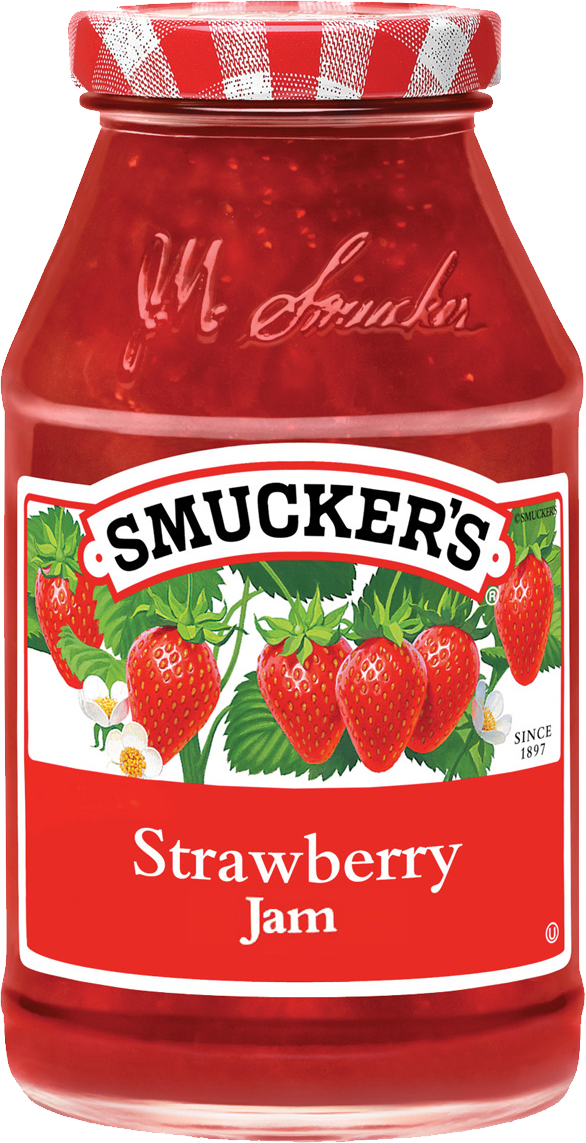Responses to Price Changes: Complements and Substitutes
Christopher Makler
Stanford University Department of Economics
Econ 50: Lecture 12
Remember what you learned about demand and demand curves in Econ 1 / high school:
- The demand curve shows the quantity demanded of a good at different prices
- A change in the price of a good results in a movement along its demand curve
- A change in income or the price of other goods results in a shift of the demand curve
-
- If two goods are substitutes, an increase in the price of one will increase the demand for the other (shift the demand curve to the right).
- If two goods are complements, an increase in the price of one will decrease the demand for the other (shift the demand curve to the left).
- If a good is a normal good, an increase in income will increase demand for the good
- If a good is an inferior good, an increase in income will decrease demand the good
Three Relationships
...its own price changes?
Movement along the demand curve
...the price of another good changes?
Complements
Substitutes
Independent Goods
How does the quantity demanded of a good change when...
...income changes?
Normal goods
Inferior goods
Giffen goods
(possible) shift of the demand curve
Three Relationships
...its own price changes?
Movement along the demand curve
How does the quantity demanded of a good change when...
The demand curve for a good
shows the quantity demanded of that good
as a function of its own price
holding all other factors constant
(ceteris paribus)
The price offer curve shows how the optimal bundle changes in good 1-good 2 space as the price of one good changes.
DEMAND CURVE FOR GOOD 1
"Good 1 - Good 2 Space"
"Quantity-Price Space for Good 1"
PRICE OFFER CURVE
Three Relationships
...the price of another good changes?
How does the quantity demanded of a good change when...
Substitutes
Complements
When the price of one good goes up, demand for the other increases.
When the price of one good goes up, demand for the other decreases.




Independent
Demand not related
Complements: \(p_2 \uparrow \Rightarrow x_1^* \downarrow\)
What happens to the quantity of good 1 demanded when the price of good 2 increases?
Substitutes: \(p_2 \uparrow \Rightarrow x_1^* \uparrow\)
COMPLEMENTS:
UPWARD-SLOPING
PRICE OFFER CURVE
SUBSTITUTES:
DOWNWARD-SLOPING
PRICE OFFER CURVE
CES Utility
PERFECT
SUBSTITUTES
PERFECT
COMPLEMENTS
INDEPENDENT
PERFECT
SUBSTITUTES
Constant Elasticity of Substitution (CES) Utility
Constant Elasticity of Substitution (CES) Utility
COMPLEMENTS: \(r < 0\)
SUBSTITUTES: \(r > 0\)
- A change in the price of a good results in a movement along its demand curve
- A change in income or the price of other goods results in a shift of the demand curve
Plotting Offer Curves
Parametric Functions
How to Plot a Price Offer Curve
- Pick a few values of the price which is being varied along the offer curve.
- Be sure to think of extreme cases (when the price approaches zero or infinity)
- Find the optimal bundle for each of those prices
- Connect the dots
- Do not try to find an equation
Worked Examples
Econ 50 | Lecture 12
By Chris Makler
Econ 50 | Lecture 12
Shifts in demand curves; offer curves; complements and substitutes; normal and inferior goods
- 759



